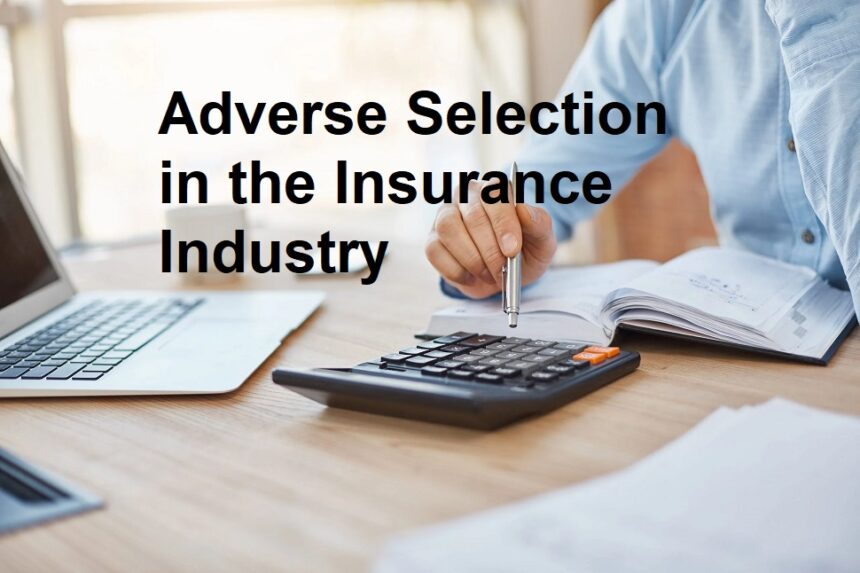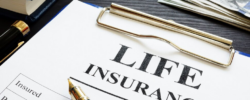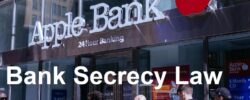In the case of insurance, adverse selection is the tendency of those who have hazardous jobs or high-risk lifestyles to then intend to purchase products such as life insurance. In this case, the actual buyer has more knowledge about their health. To combat adverse selection, insurers will reduce their exposure to large claims by limiting coverage or increasing premiums.
Avoiding adverse elections requires identifying groups of people who are more at risk than the general population and charging them more costs or money. For example, a life insurance company undergoes underwriting when evaluating whether to grant a policy to an applicant and how much premium to charge.
The underwriter will typically evaluate the applicant’s height, weight, current health, medical history, family history, occupation, hobbies, driving record, and the applicant’s lifestyle risks such as smoking, all of which affect the applicant’s health and the company’s potential to pay claims. The insurance company then determines whether to grant the policy to the applicant and what premium to charge for taking the risk.
Another example of adverse selection is in the case of vehicle insurance, where the applicant obtains insurance coverage by providing a residential address in an area with a very low crime rate, but on the other hand the applicant actually lives in an area with a very high crime rate. Obviously, the risk of a vehicle being stolen, vandalized, or damaged when regularly parked in a high crime area is substantially greater than if the vehicle is regularly parked in a low crime area.
Adverse Selection of Banking Industry
In banking, consumers will have superior information than banks. Be it a small loan, mortgage, or business loan. Consumers will be more aware of their spending habits than banks. Similarly, business owners will know more about the industry and its future growth, although this too may be overly optimistic.
There is also the problem of interbank trade. For example, the 2008 financial crisis was driven in part by the packaging of ‘toxic loans’ that included subprime mortgages. It is packaged with ‘safe’ debt and traded between banks. The original company that packaged this instrument knew how great the risk was, but it ended up causing an adverse selection because the buyer did not have the same information.
Adverse Selection In The Market
The problem of adverse selection is by no means uncommon in the insurance industry. If sellers in any industry have more information than buyers, buyers are automatically at a disadvantage, and are likely to be overcharged.
One example in the market is the sale of used cars. A car dealer may notice that the car they are selling has major defects, which are not immediately apparent to the buyer. The dealer may not divulge this information and sell the car for more than it’s worth which of course leads to the buyer being duped.
A seller may have better information than a buyer about the products and services offered. This of course puts the buyer at a disadvantage in the transaction. For example, company managers may choose to issue stock when they know the stock is overvalued compared to its true value, so buyers may end up buying overvalued shares and end up losing money.
Effects of Adverse Selection
Adverse selection occurs when there is a difference in information between buyers and sellers. This can increase costs, lower consumption, eliminate customers, and potentially increase health risks. Examples of bad selection effects include:
Higher Prices for Customers
Since customers may not notice any errors or issues, the price they pay for an item is much higher. For example, when buying a used laptop, there may be no signs of damage and can function properly, but it turns out that after taking it home and being exposed to a little splash of water, the keyboard on the laptop is damaged. The price a customer has to pay between a laptop that works well and a laptop that breaks is the additional price paid for a bad choice.
For example, gadget insurance is more beneficial for those who are more careless than those who are not. However it is not possible to collect all the customer information which one is sloppy which one is not. So, this protection must be applied to all buyers so as to make the selling price higher.
So while careless customers will make more claims and charge the insurer more, they are likely to increase their overall prices to cover these costs. In turn, customers who are not careless end up having to pay more to cover those who are more prone to accidents.
Lower Consumption
When customers pay higher prices, consumption will also fall. If we take insurance for example, some customers have to subsidize those who are more at risk. As a result, they also have to pay for the risk that other customers pass on to the insurance company. In fact, some of these customers may withdraw from the market and buy no insurance at all.
Mental health and safety risks
Since customers do not always have complete information about an item, it is potentially dangerous for them. For example, a damaged used car can pose a health and safety risk to the buyer. Damage or electricity can cause a fatal accident.
Elsewhere, foods are now often labeled in many developed countries, with nutritional value placed on them. This is so that factors such as calorie and sugar content are more visible to consumers. We can see this as a more consumer-friendly option as they are still free to choose, but with more information provided to them.
Fewer customers
Because adverse selection leads to higher costs, it means fewer customers are able and willing to buy goods. For example, when insurance premiums increase to compensate for a lack of information, fewer customers will buy insurance.
As a result, the government often intervenes to enforce universal insurance schemes. That way, those who are healthy are forced to subsidize the costs of those who are sick.
Furthermore, it can be extended to other markets. For example, the second-hand market generally offers cheaper items, which attracts more price-sensitive customers. However, because customers may not have much information about the product, they may not be sure of its value; especially if they’ve had bad experiences with used products before.






















